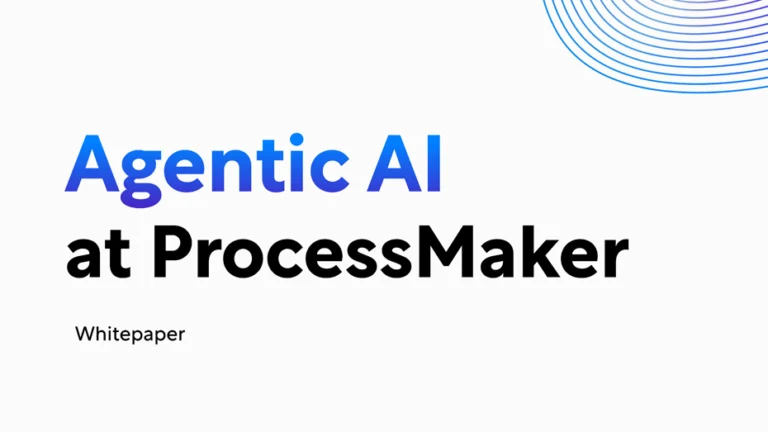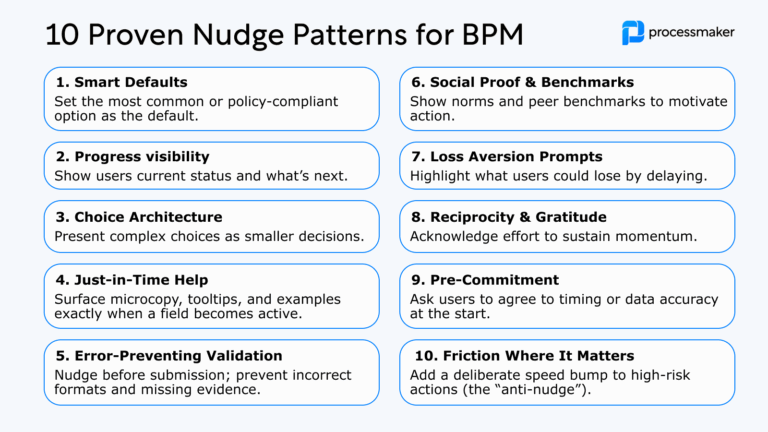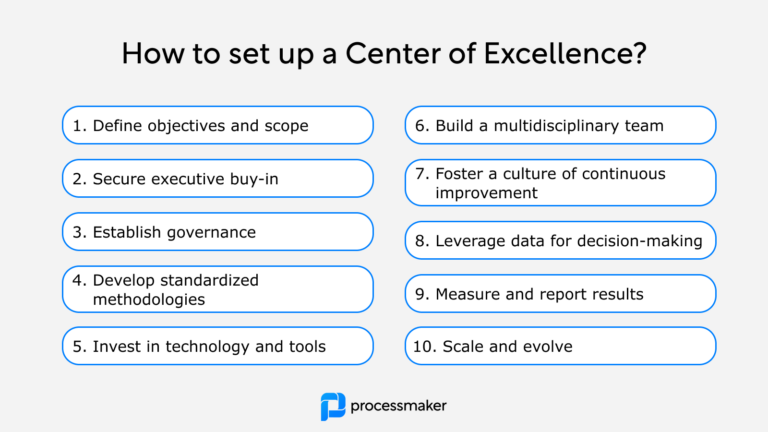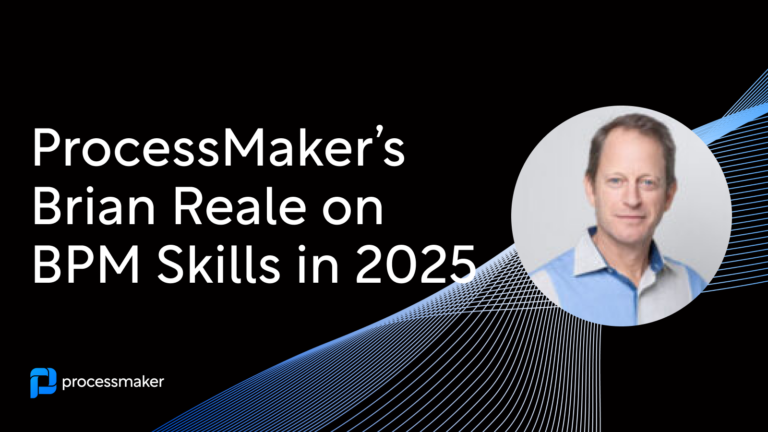At the heart of every business is the decision-making process. In fact, making the right organizational decisions is the key to success. Whether in work and in life, we all have experience making decisions. Some are quite simple, while others can feel extremely difficult and life-changing. In addition, consistently bad decisions can cause businesses to fail. Yet, with ever-evolving demands, businesses must make quick decisions all the time.
What makes for a poor decision?
In the grand scheme of things, business decisions should always align with the company’s long-term objectives. Still, there are times when challenging decisions must be made which divert from the organization’s mission. So, what causes a bad decision? We’ve listed a few of the characteristics below:
- Misalignment with your strategy: If your company does not have a clear strategy, then you will often miss the mark when it comes to making decisions. Without a well-communicated vision of what success looks like for your company means you will make decisions that pull your business in every direction except up.
- Vague roles: Who’s supposed to make all the key decisions? In some cases, each individual looks to another person to make a decision and unfortunately, this results in a poor outcome. In most cases, one person makes all the decisions and ruins everything.
- The process is flawed: What’s your decision-making workflow? Do you have specific processes in place to enable better decisions? Usually, bad decisions stem from bad workflows and misaligned resource allocation.
- Poor communication: We live in the knowledge era, and our job roles are demonstrative of this age. As a result, collaboration is critical for decision-making success. Without the proper channels for communication in place, and consistent, high-quality communication, the quality of the decision gets a downgrade.
- Lack of sufficient information: Some organizations are quite complex. So, decision-making can end up both slow and scattered. Whether it’s a lost email thread or lost meeting notes; it can seem like an obstacle to keep all relevant decision-makers in the loop.
Nonetheless, the right decisions help companies to embrace relevant opportunities while preparing them to face challenges and uncertainties. There isn’t any question that improving your decision-making process can also significantly increase your company’s productivity levels and success.
What about decision fatigue?
In the middle of the spectrum is decision fatigue. Do too many decisions lead to lower productivity? In a word, yes. There are times when making decisions can leave your company feeling disenfranchised, and even unhappy.
Consider going for a run. When you start out, you’re bursting with energy and ready to tackle several miles. Yet, once you’ve been running for perhaps five miles, fatigue starts to take over. And, really, there isn’t any point to running for 20 more miles. Not to mention, you will end up doing more harm than good.
The same is true of decisions. There seems to be a golden space where making good decisions leads to increased productivity. In contrast, the more decisions we have to make, the more depleted we feel. This then decreases our ability to make good decisions.
Also, not every decision is equal. There is certainly a difference between who your company chooses as the water vendor versus whether you need to cut 15 percent of the budget this year. Moreover, there is the decision paralysis that comes with having too many options. The point is this: Focus on relevant decisions, steer clear of putting too many options on the table, and create a business process.
What is business process management?
When it comes to making better decisions, business process management would include all the practices – and configurations – needed to refine your decision-making processes so that they improve both profitability and efficiency. It can also be broken down into three important aspects:
- Identify the current processes.
- Improve them.
- Maintain your updated processes.
Even something as simple as passing a piece of paper, with your input, to a co-worker can be considered a business process. What converts this to business process management (BPM) is when you set up a method to standardize how and when that piece of paper is passed along.
As far as BPM goes, you will need to create a workflow, or series of repeatable processes, designed to achieve your objectives. The first step would be triggered by an outside event, such as the need to make a business decision. One thing to note about BPM is it still works best with the addition of the human element. To illustrate, it was not designed to automate everything and completely strip the human aspect like RPA. In contrast, BPM is intended to align data, technology, and processes to give businesses an edge in terms of serving customers. As a result, the human element is still playing a crucial role in personalized interactions. Every step after that is a standardized version in the process you’ve created.
Why is a workflow important? Well, the right workflow can help to improve the coordination of communication between key stakeholders within the decision-making process. It can also help to efficiently synchronize the data. In the end, workflows are intended to automate the flow of tasks, decrease errors, and to make processes more agile.
The human side of workflows and better decision-making
Now that you have a basic idea of BPM and workflows, let’s get back to refining your decision-making processes. One way to do this is by using a decision tree. It’s similar to flowcharting workflows and maps out a sequence of potential outcomes.
The branches convey choices and/or results. For instance: If we cut overtime pay, it might lead to these three potential outcomes. Although, at each point in the process there may be another choice.
It’s also important to have a hierarchy – which decisions are urgent vs. not urgent? On the human side of the workflow process, here are a few standard steps to start with:
- Design and implement business rules: Spell out how you expect decision-makers to manage various scenarios by creating business rules. This will help to remove the guesswork.
- Delegate decision-making tasks: Determine who makes the urgent decisions, who makes the non-urgent decisions, who makes the financial decisions, and so on.
- Encourage breaks: To prevent decision fatigue, encourage your stakeholders to take some time for themselves.
- Automate workflows: Create electronic forms and processes. Define responses via drop-down menus. State where completed forms should be routed. Automation helps to reduce the number of decisions your staff needs to make.
Final thought
As you can see, your company’s decision-making process can be improved immediately. In fact, all it takes is BPM, the right workflows, delegation, and well-deserved mental breaks.





